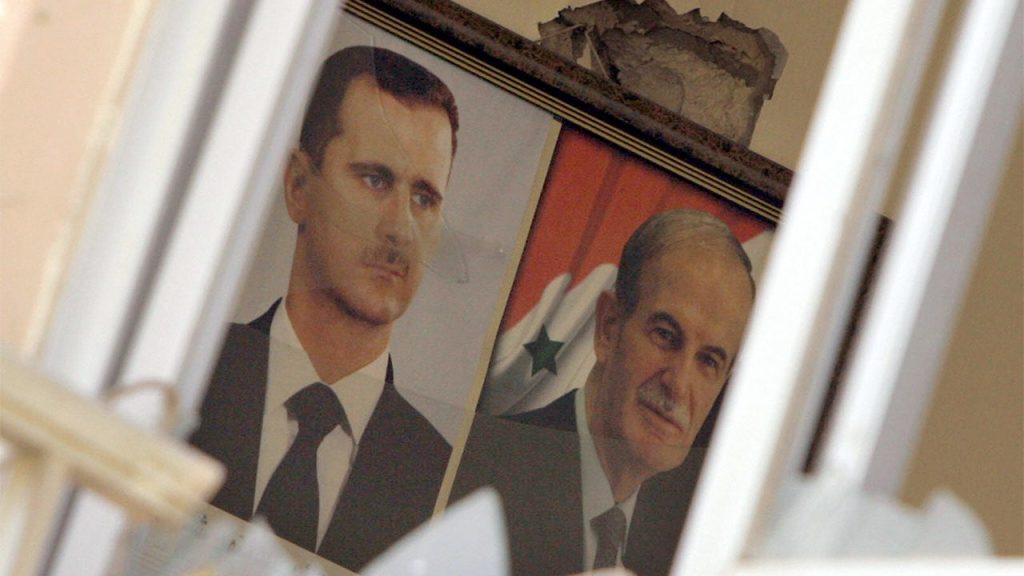A Chronicle of Syria’s Tumultuous Journey: From Assad’s Iron Grip to Rebel Liberation
Syria’s recent liberation from the Assad regime marks a pivotal moment in its history, a culmination of decades of oppression, conflict, and resilience. The dramatic scenes of celebration and the somber search for lost loved ones in former prisons paint a vivid picture of a nation grappling with both the euphoria of freedom and the deep scars of its past. To understand the magnitude of this moment, one must delve into the key events that shaped Syria’s trajectory, from the seemingly stable, yet brutally enforced, rule of Hafez al-Assad to the rise and fall of his son, Bashar.
The story begins in June 2000, with the meticulously orchestrated funeral of Hafez al-Assad, attended by international figures like then-Secretary of State Madeleine Albright. Hafez, who had ruled Syria with an iron fist for three decades, had effectively silenced dissent, brutally crushing any opposition, including the massacre of thousands in Hama. His legacy, however, was destined to unravel under his son’s rule. Just eleven years later, in June 2012, the Arab Spring uprisings ignited a flame of resistance within Syria. Bashar al-Assad’s response mirrored his father’s – escalating violence against peaceful protesters, deploying the military, and resorting to torture and imprisonment. The nation was rapidly descending into a brutal civil war.
During this period, international media access to Syria was severely limited. One news team, however, ventured into the heart of the conflict, witnessing firsthand the devastation in cities like Homs, where Syrian military airstrikes and artillery fire relentlessly pounded rebel strongholds. They navigated the treacherous streets where journalist Marie Colvin had been killed, dodged airstrikes near medical clinics, and experienced the tense atmosphere of government militia checkpoints. The escalating violence, the bombings targeting state television and bustling intersections in Damascus, painted a grim portrait of a nation tearing itself apart.
The following year, in September 2013, the same news team secured an exclusive interview with Bashar al-Assad himself within the opulent presidential palace, a stark contrast to the chaos engulfing the country. Assad, surprisingly mild-mannered, admitted to possessing chemical weapons while denying their use, despite evidence of a recent chemical attack that had claimed over a thousand lives. He attributed the escalating civil war to Al-Qaeda, dismissing the grassroots nature of the uprising. The interview, conducted amidst the distant rumble of rebel gunfire, offered a chilling glimpse into the mind of a leader seemingly detached from the suffering of his people.
A year later, in October 2014, the Syrian conflict took an even more complex turn with the emergence of ISIS. The Syria-Turkey border became a battleground, witnessing clashes between ISIS, Kurdish militias, and U.S. airstrikes targeting the strategic town of Kobani. The Kurds’ eventual victory, aided by U.S. intervention, marked a turning point in the fight against ISIS. However, the war had become a globalized conflict, attracting various jihadist groups vying for control within Syria. The Assad regime, weakened and on the verge of collapse, clung to power thanks to the intervention of Russia, Iran, and Hezbollah.
Fast forward to December 2024, and the landscape has dramatically shifted. After years of brutal conflict, the rebel forces, led by the HTS group, have finally succeeded in liberating Syria and toppling the Assad regime. The jubilant scenes of Syrians returning to their homes, searching for lost loved ones in former prisons, and celebrating the end of a dictatorship are tempered by the immense challenges ahead. The nation faces the daunting task of rebuilding its shattered infrastructure, healing from the wounds of war, and establishing a stable and inclusive government.
The liberation, while a cause for celebration, also brings its own set of uncertainties. The HTS group, despite its recent transformation and renunciation of its former ties to Al-Qaeda, remains on the U.S. terror list. Its leader, Ahmad al-Sharar, a former jihadist, now espouses a more moderate stance, but the future remains uncertain. The multitude of factions, religious sects, and splinter groups within Syria must find a way to coexist peacefully and work towards a shared vision for the nation’s future. The path ahead is fraught with challenges, but for the resilient Syrian people who have endured so much, the opportunity to build a free and democratic Syria is a dream worth pursuing. The international community, too, has a crucial role to play in supporting Syria’s transition and helping to ensure that the hard-won victory over tyranny leads to a lasting peace and a brighter future for all Syrians.

